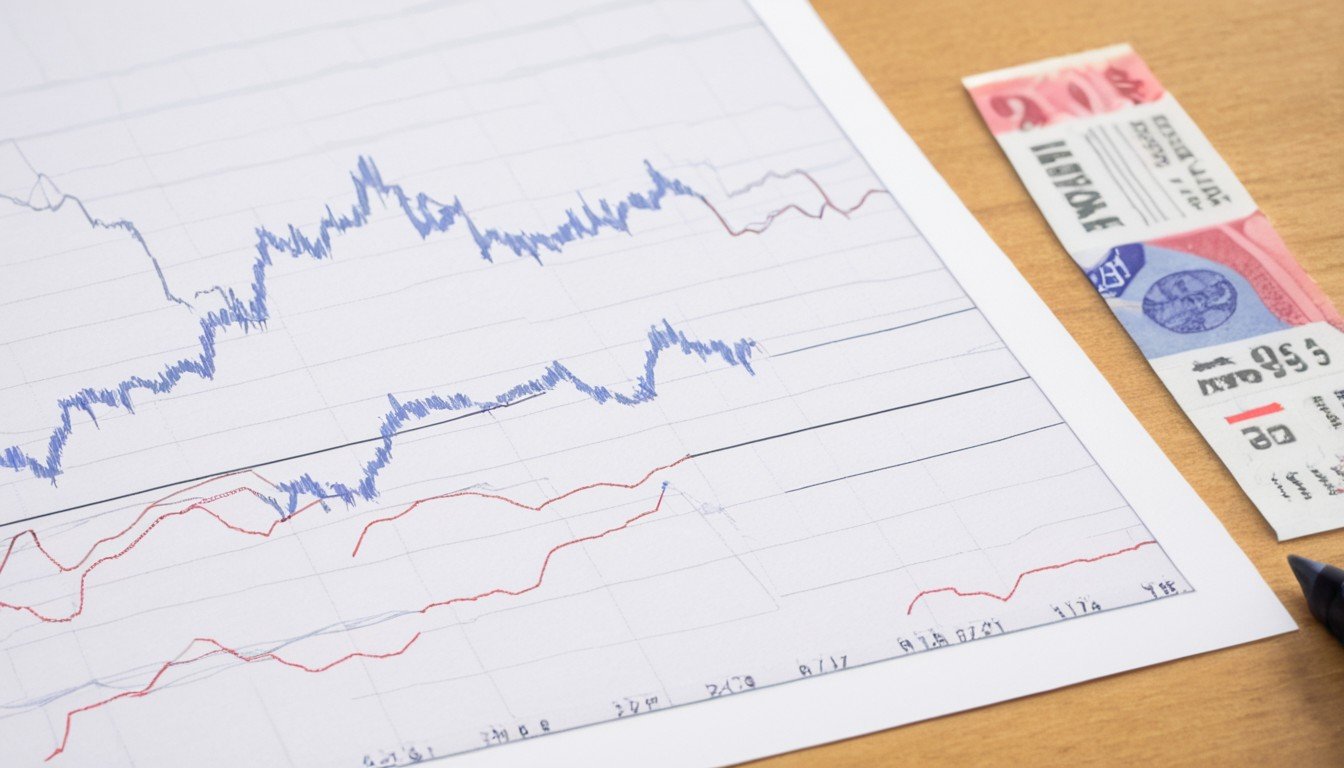In the dynamic world of trading, where risks and rewards often go hand in hand, mastering the art of trading without risking real money can be a game-changer. Enter paper trading, a tried-and-tested method embraced by traders worldwide. Let’s delve into the nuances of paper trading, its merits, and how it can shape your trading journey.
- Understanding Paper Trading: A Closer Look
- Delve into the concept: At its core, paper trading offers traders a simulated trading environment, sans the financial risks.
- The essence of practice: It’s a playground for traders to refine their strategies, test new waters, and fine-tune their skills.
- The Allure of Paper Trading: Advantages Unveiled
- Risk-free experimentation: With no real money on the line, traders can explore various strategies and market conditions without the fear of financial loss.
- Skill cultivation: From market analysis to trade execution, paper trading provides a fertile ground for honing trading skills and fostering confidence.
- Navigating the Pitfalls: Challenges to Tackle
- Emotionally detached trading: While the absence of financial risk is a boon, traders must guard against becoming emotionally detached from the trading process.
- Beware of overconfidence: Success in paper trading can breed overconfidence, blurring the lines between virtual success and real-world challenges.
- Embarking on the Paper Trading Journey: Best Practices
- Approach with intent: Treat paper trading with the respect it deserves, mirroring the discipline required in live trading scenarios.
- Realistic goal setting: Set achievable goals, track progress diligently, and use paper trading as a springboard for personal growth.
- Transitioning to Live Trading: Crossing the Threshold
- Taking the plunge: When the time is right, transition to live trading gradually, starting with modest investments.
- A journey, not a destination: Even post-transition, continue learning, adapting, and refining strategies to stay ahead in the trading game.
- Exploring Advanced Techniques: Going Beyond the Basics
- Dive deeper: Once comfortable with the fundamentals, explore advanced trading techniques such as options trading or algorithmic trading in the paper trading environment.
- Expand your horizons: Use paper trading as a playground to experiment with different asset classes and trading styles, broadening your understanding of the market.
- Risk Management: The Key to Longevity
- Mitigating risks: Learn to implement risk management strategies effectively, such as setting stop-loss orders and managing position sizes, even in the paper trading realm.
- Embrace failure: Use paper trading as a safe space to learn from mistakes and refine risk management techniques without the fear of financial ruin.
- Seeking Feedback and Collaboration: Learning in Community
- Leveraging resources: Join online trading communities or forums to seek feedback, share experiences, and learn from fellow traders.
- Collaborative learning: Consider forming a paper trading group with friends or colleagues to exchange ideas, strategies, and insights, fostering a culture of continuous improvement.
- Emotional Intelligence: Mastering the Mind Game
- Understanding emotions: Recognize the psychological aspects of trading and develop emotional intelligence to stay calm, focused, and disciplined, both in paper trading and live trading scenarios.
- Mindfulness practices: Incorporate mindfulness techniques or journaling into your routine to cultivate self-awareness and manage stress effectively during trading activities.
- Staying Informed: Keeping Abreast of Market Developments
- Stay updated: Dedicate time to staying informed about market news, economic indicators, and geopolitical events that may impact your trading decisions.
- Continuous learning: Treat every trading experience, whether in paper or live trading, as an opportunity to learn and adapt to evolving market dynamics.
- Persistence and Patience: The Virtues of Successful Traders
- Upholding resilience: Understand that success in trading, like any skill, requires persistence, patience, and a willingness to endure setbacks along the way.
- Celebrate progress: Acknowledge and celebrate small victories, milestones, and moments of growth in your trading journey, reinforcing positive habits and attitudes.
